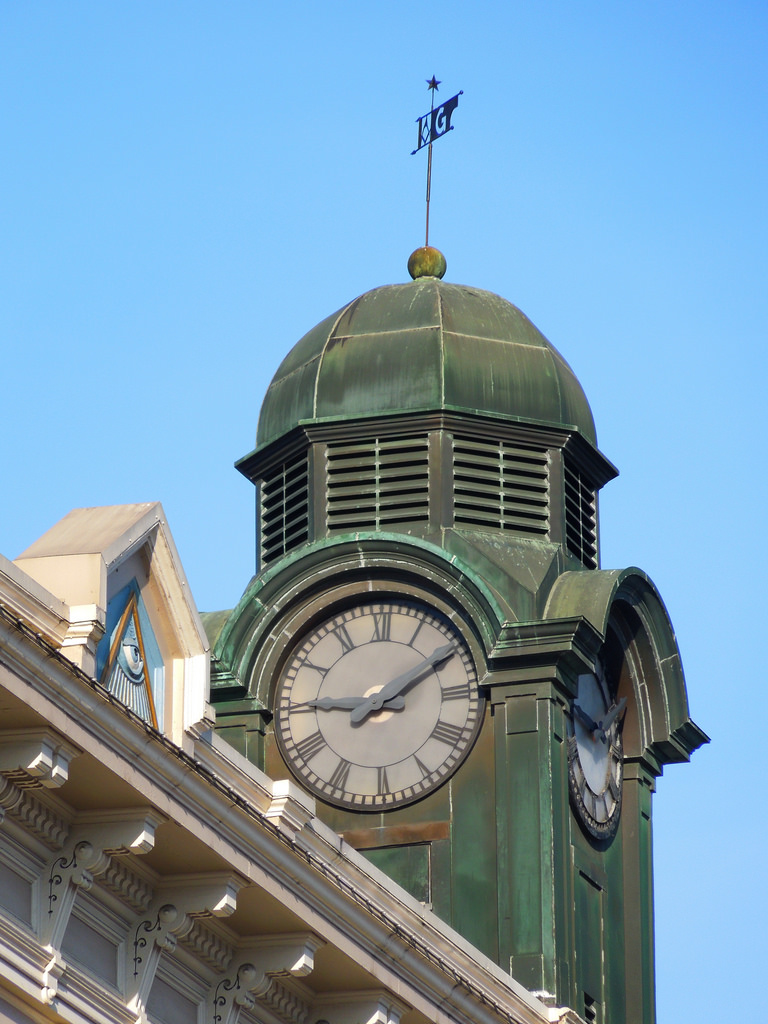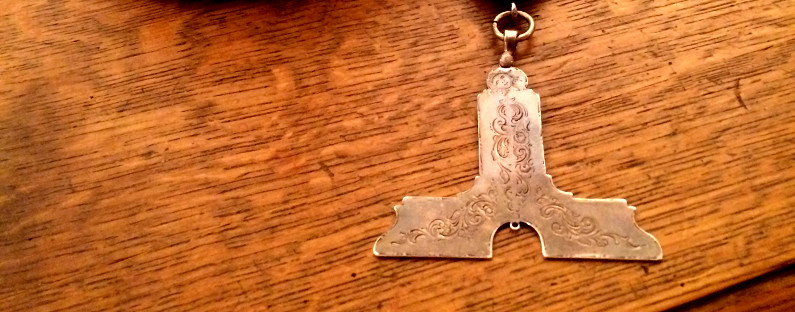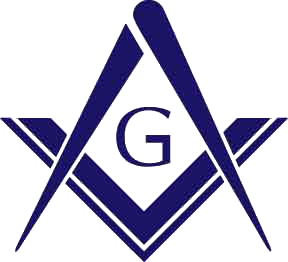 Hello summer!
Hello summer!
Let me relate some thoughtful words from “The Royal Arch Masonâ€, summer issue, paraphrased somewhat.
There is an old story about a monastery high on a cliff and the only way up was in a basket pulled by a rope.
As a man prepared to climb into the basket he saw the rope was frayed in several places. He paused and asked, “How often do you replace the rope?†The monk replied, “Every time it breaks.â€
Change is inevitable but progress is not. There is nothing more vulnerable than entrenched success. You become a prisoner of what you’ve done in the past. Beware of the comfortable rut! Comfort comes as a guest, lingers to become a host, and stays to enslave us.
One helpful sign outlines the steps to prevent heart attack. It says: “Stop smoking, exercise, cut sodium, lose excess weight, reduce stress.†Then it says: “It’s not hard to know what to do…it’s hard to do what you know.â€
The Art of Memory can be traced back to ancient Greece. The Art of Memory is not exclusive to Freemasonry, but Freemasonry is perhaps one of the few places the technique survives. By learning the Art of Memory, it is hoped that the Masonic student will see some of the origins of the process of memorization that Freemasonry inherited from the past.
Freemasonry is not only the most ancient, but most moral science known to man. Every character, emblem, and figure depicted in a lodge has a moral and useful meaning and forcibly inculcates the practice of virtue.
Of all the illumination we can receive in Masonry, none is more imperative than the discovery of what we are, our nature, our obligations, the happiness we are capable of giving, and the means of attaining it for ourselves.
As Brothers we gather together in common cause to recognize this singular truth and this singular rule: We must be kind to one another, each voice enriches us.
Thanks for forgiving my composition this month, I’m at the beach.
Fraternally,
Guy Chalmers, PM


